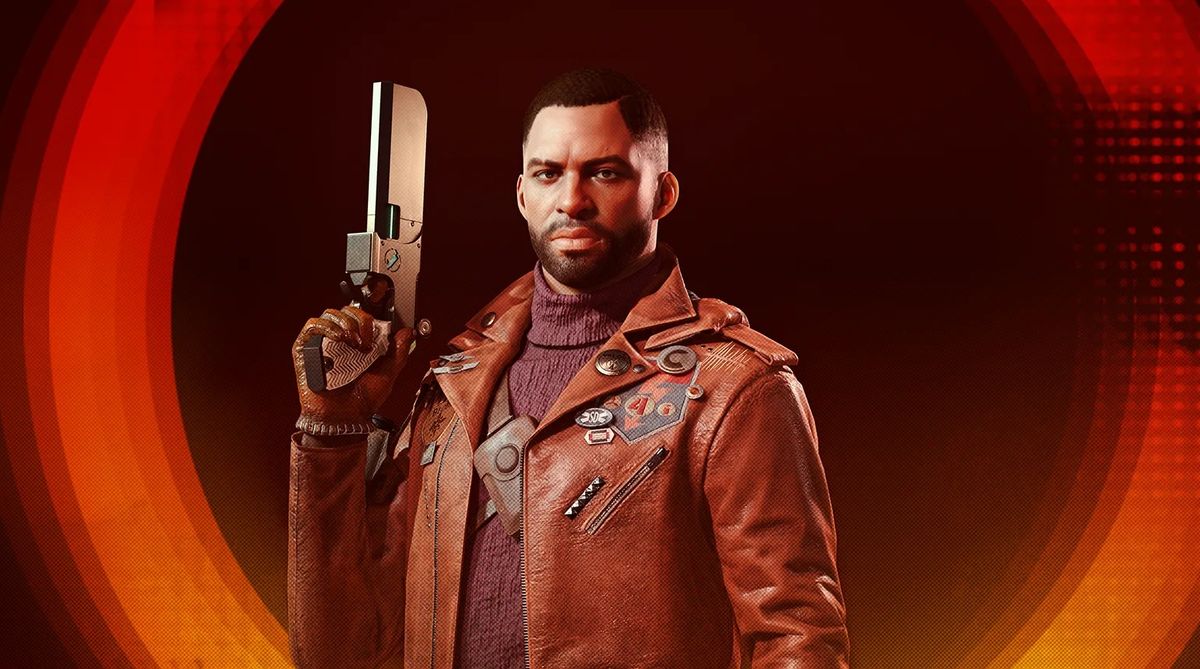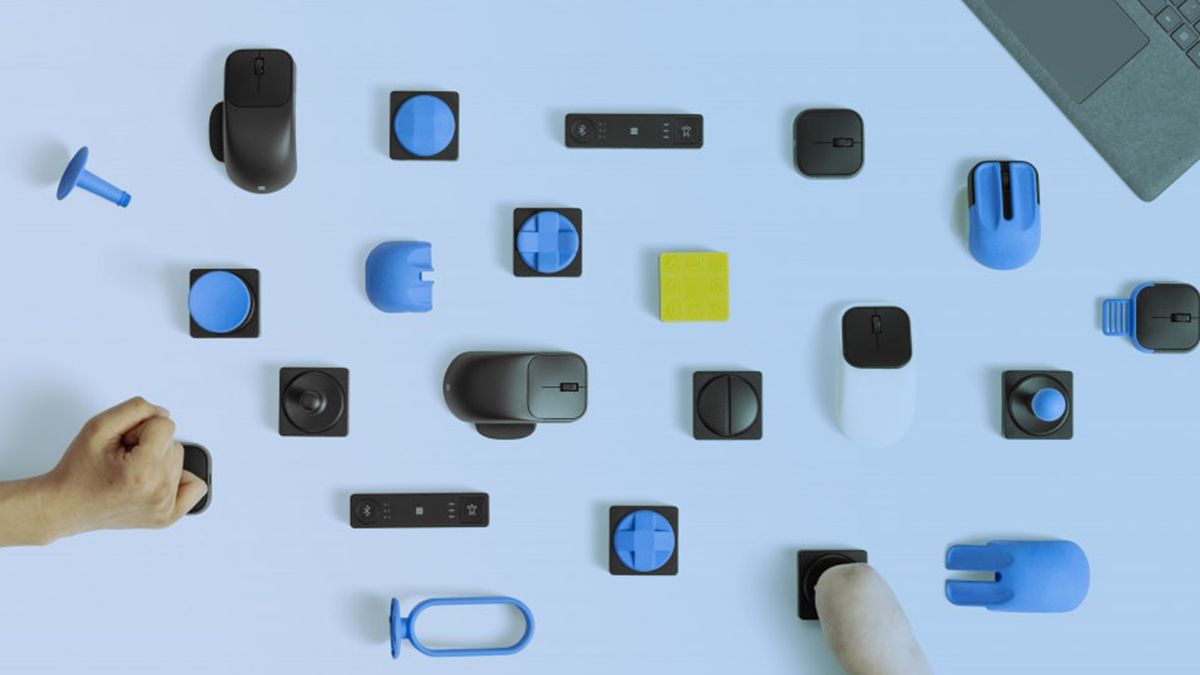To coincide with the launch of the RX 6650 XT, RX 6750 XT and RX 6950 XT, AMD is launching version two of its FidelityFX Super Resolution image upscaling technology. FSR 2.0 is designed to boost frame rates without the loss of image quality. The first game to receive support will be Deathloop, via a patch expected to be released on Thursday, May 12th.
Deathloop has been heavily featured in AMD’s FSR 2.0 presentations, so its no surprise that it will be the first to support the tech. Other games including Microsoft Flight Simulator, EVE Online, Forspoken and Farming Simulator 22 will also be receiving updates that add FSR 2.0 support.
More games are certainly likely to add FSR support in the future. FSR 1.0 is supported by major games such as Far Cry 6, God of War, Cyberpunk 2077, DOTA 2 and Resident Evil: Village among many others. Adding FSR 2.0 support is surely not exactly a trivial matter, but it shouldn’t require too much work to incorporate.
FSR 2.0 is also being included in the Xbox Series X and S development kit, which makes it easier to implement into Xbox games. There’s no word from Sony as to whether it will include FSR 2.0 support for the PS5. The PS5 operating system would require more development work compared to that of the Xbox, but given the inclusion of RDNA2 in both consoles, AMD is surely lending its support to Sony developers, and pushing for its inclusion.
Your next upgrade
Best CPU for gaming: The top chips from Intel and AMD
Best gaming motherboard: The right boards
Best graphics card: Your perfect pixel-pusher awaits
Best SSD for gaming: Get into the game ahead of the rest
FSR 2.0 is a major overhaul over FSR 1.0. Perhaps the biggest change is the switch from spatial upscaling to temporal upscaling. Spatial upscaling works with one frame at a time. Its advantage is that it’s a relatively simple technique, and widely compatible. The temporal upscaling of FSR 2.0 can compare the data from multiple frames and use it to create cleaner and higher quality images compared to FSR 1.0.
FSR 2.0 is markedly different from Nvidia’s competing DLSS solution. It doesn’t require dedicated machine learning hardware, as Nvidia’s DLSS and Intel’s XeSS do. This means that FSR 2.0 can run on a variety of different hardware, including older cards and those from other vendors. It’s also open source software.
While FSR 1.0 ran well on less powerful hardware, the recommendations for FSR 2.0 are steeper. At 4K, AMD recommends hardware in the RX 5700 XT and RX 6700 XT range. At 1080p though, a lowly 6500 XT is sufficient, as is any Nvidia GTX 16 series card. However, FSR 2.0 is obviously optimized for AMD RDNA2 hardware, making use of features in the shader pipeline and the high bandwidth Infinity Cache.
If you’d like to learn more about the technology behind FSR 2.0, this article is a good place to catch up.
We’re interested to see how FSR 2.0 performs, not just on current generation cards, but upcoming RDNA 3 cards too. Consistently silky-smooth high refresh rate gaming at 4K or ultrawide resolutions always seems to be just on the horizon. But with maturing upscaling tech like FSR 2.0 and DLSS 2.0, along with the power of next gen architectures, hi-fi gaming is set to look better than ever.


